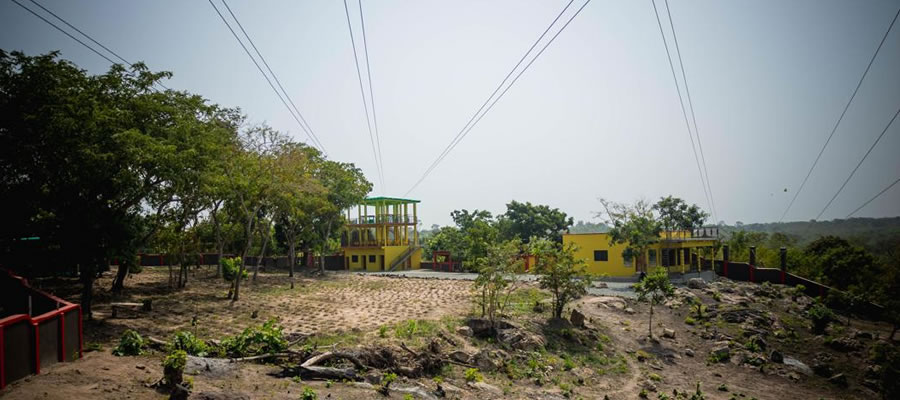

Goals and Objectives
Population Projection
Data analysed from available inter-censual period indicated a growth rate of 0.9% between 1984 and 2000. This growth rate however fell far below the previous inter censual growth rate of 2.7% between 1970 and 1984. In attempting to ascribe reasons for the sharp decline in the population growth, the following explanations were submitted.
It was generally agreed that the decline was due to the improvement in the health delivery system particularly with the gradual and consistent acceptance of family planning estimated at 48%.
It was also generally accepted that the decline in the fish stock of the Volta Lake compelled people to move out of the district and finally.
The low level of economic activities was perceived to have resulted to a massive rural - urban drift. These and other factors were assumed to have influenced current level of the district population growth rate as at 2000. Projecting for the year 2009, it is assumed that the following assumptions will influence the future population of the district.
Improvement in the health delivery particularly with the implementation of the Mutual Health Insurance Scheme, it is assumed that, the number of people who hitherto were denied economic access to health care can now have increase access to good health services. This will have a great Impact on the reduction of child mortality and pregnancy related death.
With the selection of the District to participate in the Millennium Challenge Account (MCA) it is expected that the transformation of the agriculture sector and improvement in other socio-economic infrastructure will revamp economic activities which will eventually attract inflow of labour from other parts of the region.
The improvement in the lake stock through the lake management project, it is assumed that more people will be attracted to the industry.
From the above premises, it is expected that the current district growth rate will be irrelevant and not be a good measure for future planning for the district. Instead, in the absence of any reliable data, and taking into cognisance the fact that the expected increase in the population, the regional growth rate of 1.9% would be considered more relevant and applicable to the district condition. Estimated population of the district from 2001-2009
Planning Standards
The required thresholds for the provision of various infrastructural facilities under consideration are summarised in the table below.
Development Priorities
Date Created : 11/21/2017 7:26:43 AM











 facebook
facebook
 twitter
twitter
 Youtube
Youtube
 +233 593 831 280
+233 593 831 280 0800 430 430
0800 430 430 GPS: GE-231-4383
GPS: GE-231-4383 info@ghanadistricts.com
info@ghanadistricts.com Box GP1044, Accra, Ghana
Box GP1044, Accra, Ghana